Questions:
1. What is the name of the variety of invertebrate marine animals characterised by a hard, spiny covering or skin?
2. Name the part of the spine that is a fibrous cartilage bonding two adjacent vertebrae. In space, this part decompresses, allowing astronauts to grow a little taller – height that they lose once they’re back on the earth.
3. The cerebrospinal fluid (CSF) is a fluid produced in the brian’s ventricles, and which surrounds the organ and the spinal cord and acts as a shock-absorber to protect them. Name the condition resulting from an excess buildup of CSF in the ventricles.
4. Name the condition caused by a vestigial organ in the spine and attributed commonly to the “beach chair” position – i.e. sitting with a dorsally tilted pelvis in individuals with tetraplegia.
5. The largest vertebrates that ever walked the earth were the sauropod dinosaurs. Some of their vertebrae had hollow portions on their sides, called ___________, to reduce their weight without losing their strength. Fill in the blank.
Visual:
All mammals (save a few) have seven cervical vertebrae. Name the mammal shown above, which has the most number of cervical vertebrae (eight or nine).
Answers:
1. Echinoderms
2. Intervertebral disc
3. Hydrocephalus
4. Coccygeal pressure ulcers
5. Pleurocoels
Visual: Three-toed sloth












